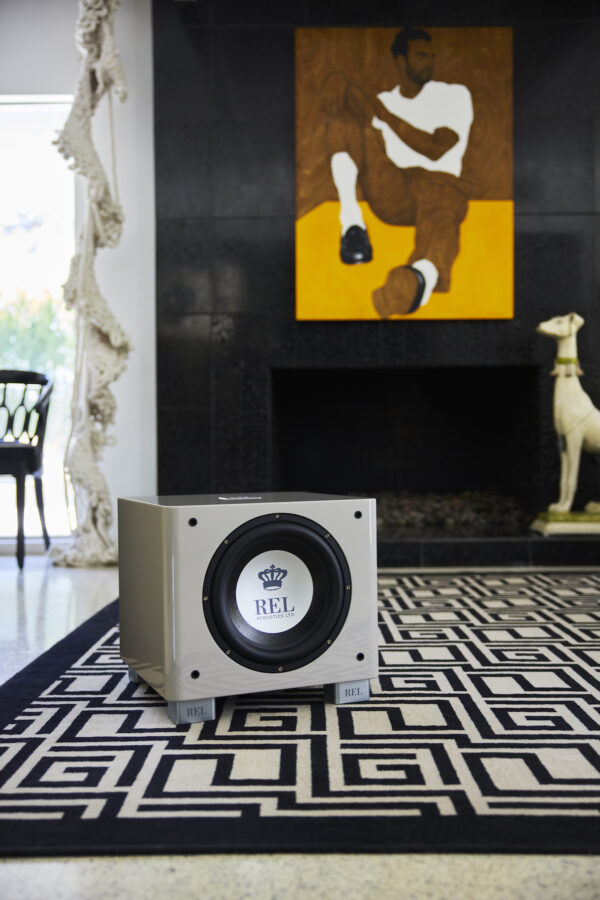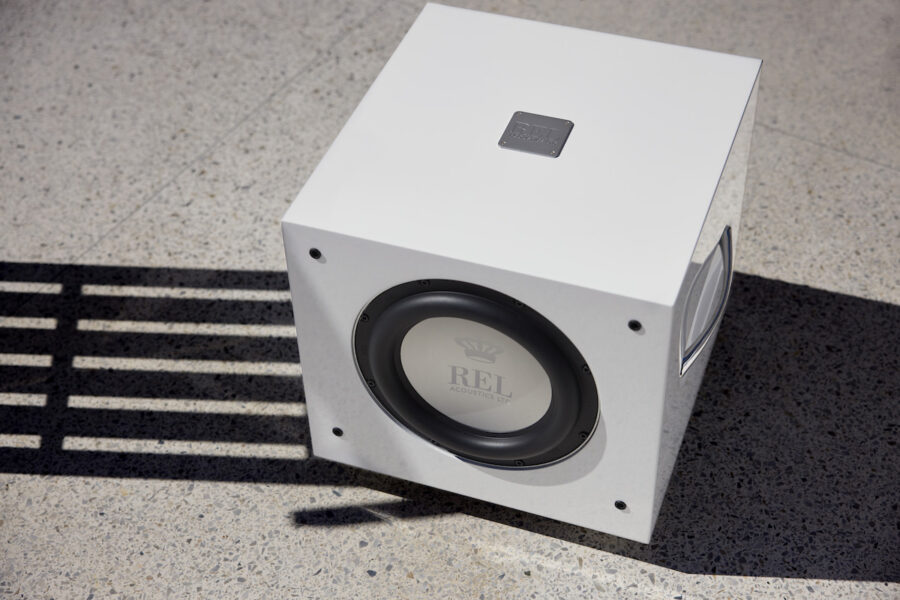Blog
The Truth About Speaker Bass:
Why Subwoofers Are Essential for True Low-End

You just bought a new pair of XYZ speakers and the owner’s manual claims they produce excellent bass. Why do you think that is? Because the specs say their -6dB point is at 34Hz. Naturally, you might think, “Why do I need a subwoofer when my new speakers go really low?” But here’s the catch – while those numbers may look promising, real-world performance often tells a different story. Even with speakers that claim deep bass, adding a subwoofer can dramatically enhance your listening experience, no matter the size of your speakers. Curious why? Let’s dive in.
While your speakers may measure well, the real question is: how much output do they deliver at that frequency in a real room? The answer may surprise you. In many cases, the output isn’t enough to be convincing. Why is that? Speaker manufacturers compete, and some may feel pressured to make their specs look as good as possible. That said, the best manufacturers are also the most honest, and their performance specs reflect that. Take Bowers & Wilkins, for example. They list both frequency range and frequency response for their popular 702 S3 model. They claim a frequency range of 28Hz to 33kHz (best-case scenario), but their frequency response is 46Hz to 28kHz ± 3dB—real-world performance before the room starts to degrade the deep bass. We applaud Bowers for being transparent.
Your room may also be a culprit, as they’re often acoustically destructive when it comes to bass. Bass frequencies are affected far more than midrange or high frequencies because their wavelengths are so long. For example, that 34Hz bass note we mentioned earlier is 33 feet long (10 meters). That’s long enough for the wavelength to fold back over on itself in all but the largest music rooms, causing cancellation at various points. And, as luck would have it, the point of maximum cancellation is often right where you’re sitting.
This is where a REL subwoofer steps in with a distinct advantage. Unlike speakers, our subwoofers come with powerful amplifiers and precisely engineered crossovers that let us focus all that energy right where your speakers fall short. A subwoofer doesn’t just play lower—it fills in the deep, visceral bass that most speakers can’t handle. That’s the secret many people don’t understand. We operate independently of the speaker’s position, with an amplifier producing plenty of power, allowing us to position the subwoofer for optimal results and focus energy where it benefits the speakers without making them sound boomy.
Another factor at play is how consumers interpret speaker specs. When you see “34Hz at -6dB,” it means the manufacturer is telling you upfront that the speaker’s output is half as strong as it is just one octave higher. An octave is a numerical doubling, so at 68Hz, your speaker will be playing 50% louder than at 34Hz. That’s enough to make a noticeable difference. In reality, it could be even worse due to the bass cancellation mentioned earlier.

Now, let’s consider that same speaker paired with a properly matched REL subwoofer. Take the B&W 702 S3 again, which, according to REL’s Subwoofer Finder, pairs well with our T/9x model for small and medium-sized rooms or a pair of T/9x subs for larger rooms. For truly large spaces, we recommend stepping up to the S/510. Either subwoofer will deliver powerful bass into the 20-30Hz region (T/9x) or even deeper with the S/510. For reference, 30Hz feels like a mild earthquake.
To wrap things up, your REL subwoofer can be positioned to deliver maximum deep bass, thanks to its powerful built-in amplifier and variable crossover. This lets you set the crossover point so precisely that you won’t detect the handoff between the REL and your speakers, as you might in lesser subs, And it will still produce deep, profound bass. By placing one or two RELs near a room boundary (where speakers can’t go) and leveraging our high-current amplifiers, we can concentrate energy into a narrow frequency range (26-52Hz in this case). This can result in a 10-12dB improvement in deep bass performance—more than twice the output of a typical real-world speaker. This is why almost ALL speakers, even large, well-designed floor-standing models, will benefit from a well-matched REL subwoofer. With a properly integrated REL subwoofer, your listening experience transforms. It’s not just about hearing the bass—it’s about feeling it. Whether it’s the rumble of a movie soundtrack or the lowest notes of your favorite song, REL brings your audio system to life in ways that no standalone speaker can match.
Thank you for reading our latest blog. We strive to provide content that’s both entertaining and educational.
If you have questions or suggestions for future articles, reach out to us at info@rel.net. We value your input and will do our best to respond within a few days.
With over 160 years of combined experience, we’re committed to making your audio experience exceptional. If you found value in this piece, please share it with friends who might benefit.










